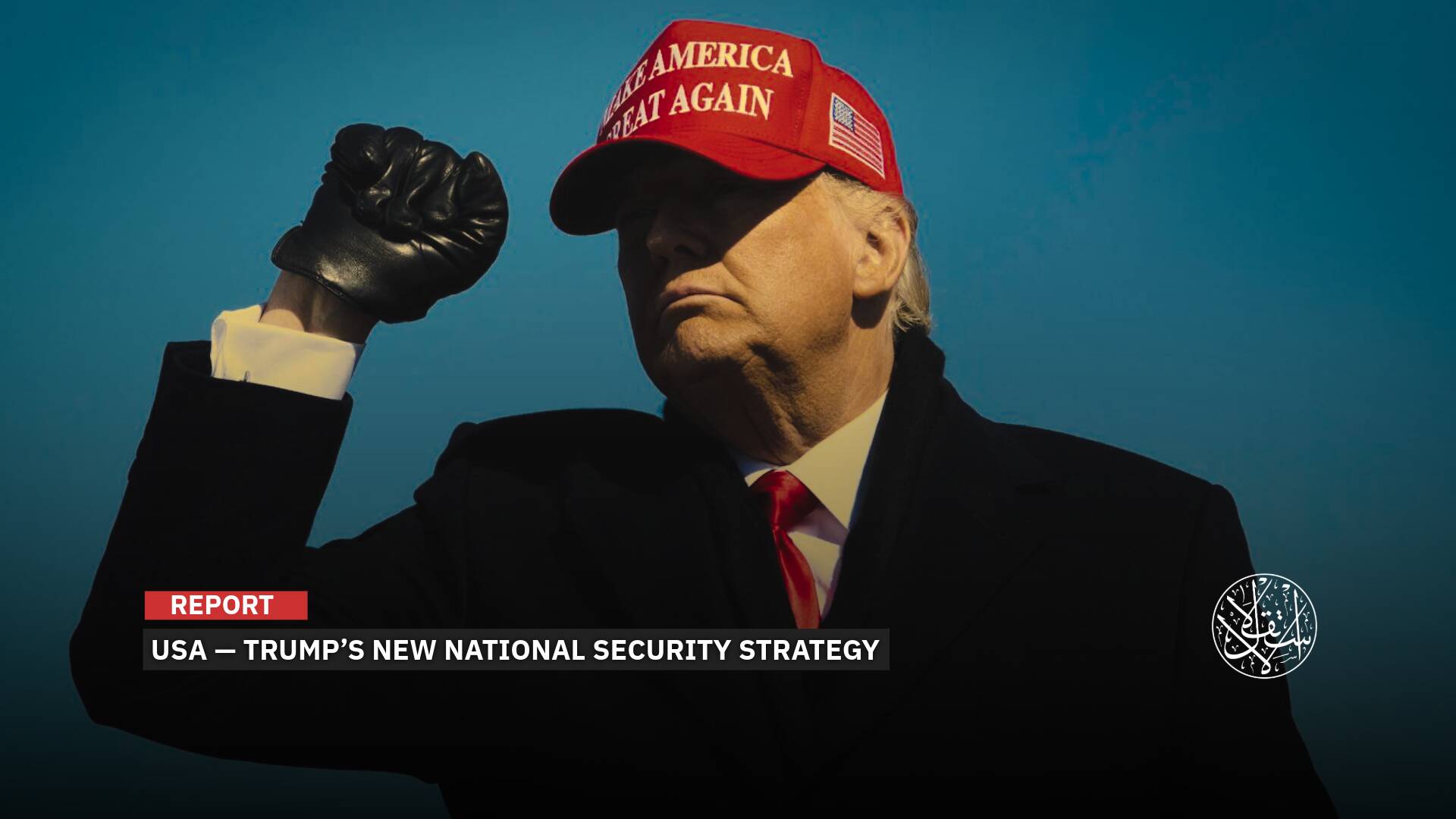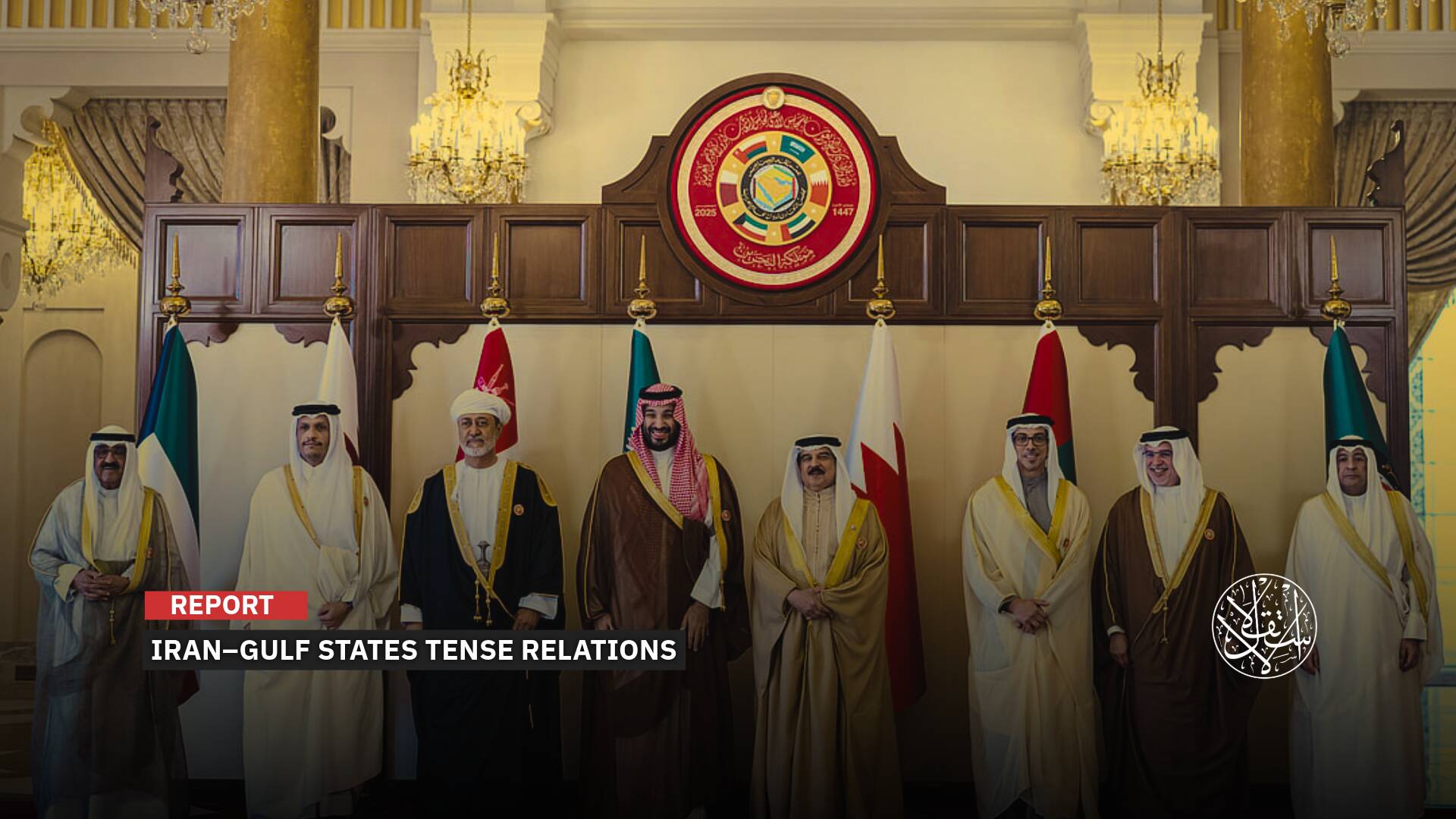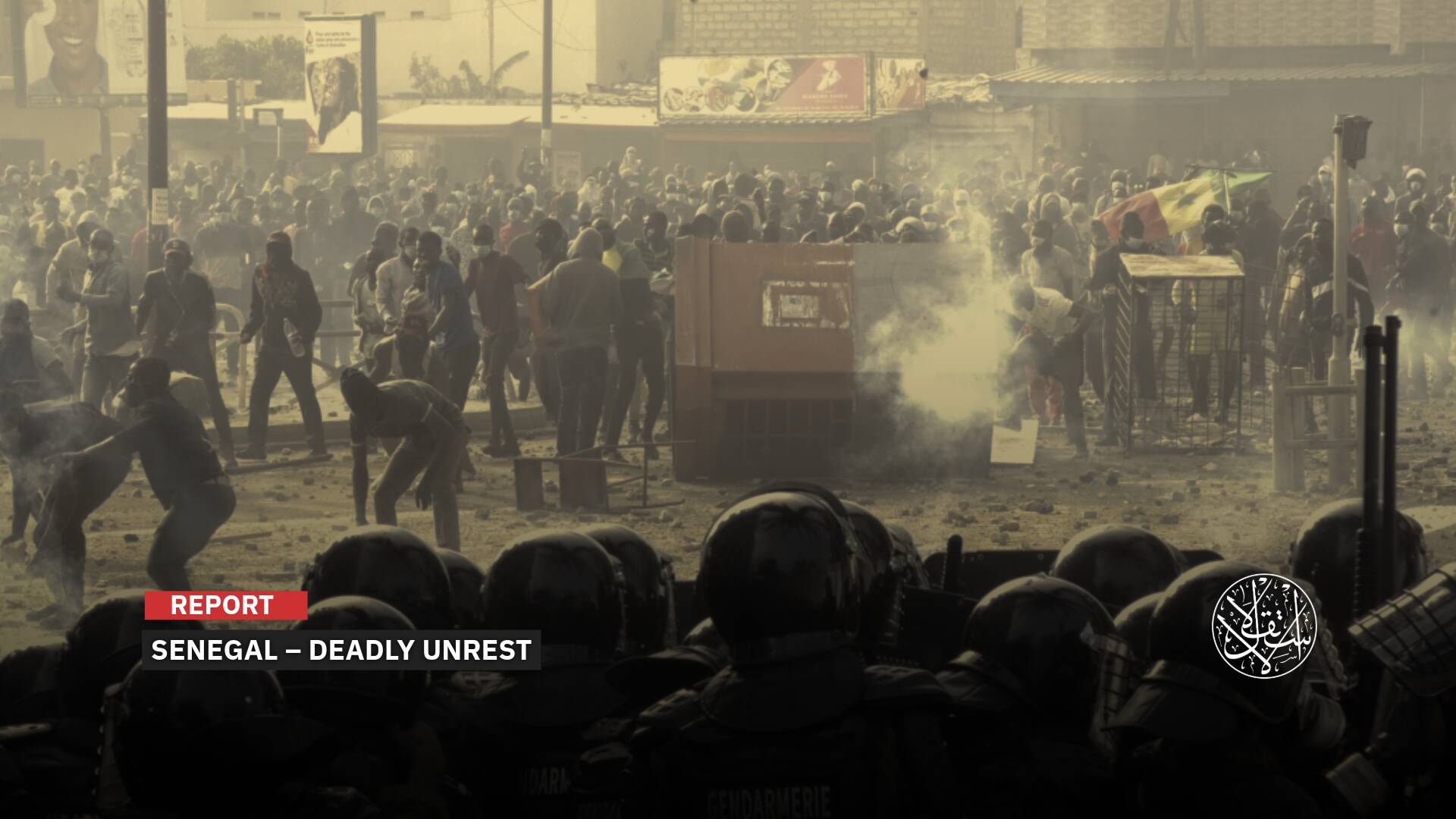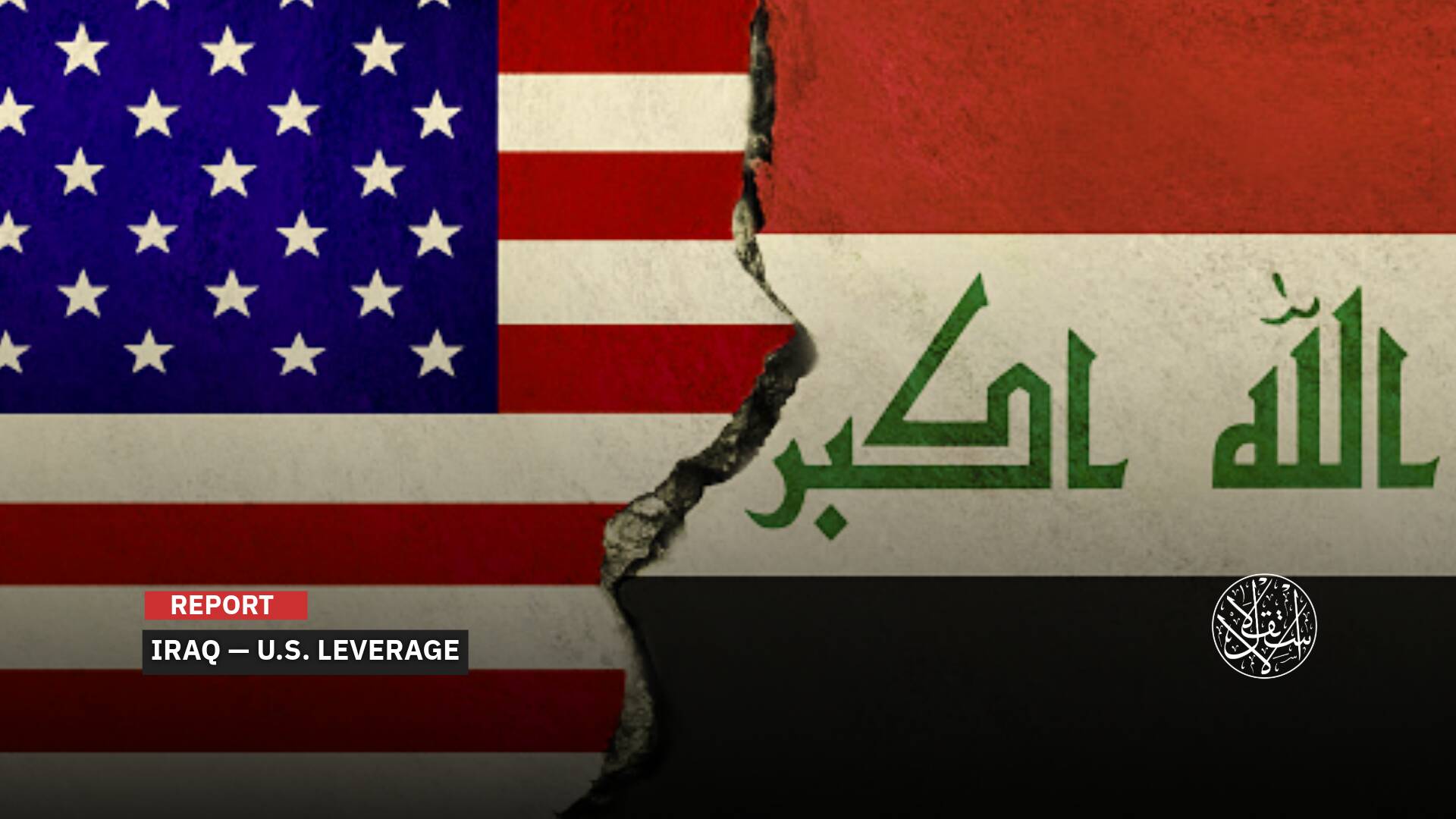How Does Washington Make Billions From the War in Ukraine?

The Intercept published a report saying that the dominant political story in Washington, DC, these days is the battles between the Trumpian movement, the Democratic Party’s caucus, and the Republican remnants of lawmakers and politicians who asserted the legitimacy of President Joe Biden’s victory in the 2020 election.
Jeremy Scahill explained that the US media obscures the significant influence of a key actor in the US power structure, the bipartisan war bloc. During the administrations of Presidents Donald Trump and Joe Biden, the United States was on an upward trajectory of a Cold War with Russia and China.
This escalatory rhetoric from US politicians has led to a boom in the defense industry, coinciding with Russia’s invasion of Ukraine, increased tensions between China and Taiwan, and advances in Beijing’s investments in weapons systems and war technology.
National Defense Authorization Act
Scahill noted that Congress plans to vote soon on a record-breaking $857 billion defense spending bill. The National Defense Authorization Act of 2023, finalized December 6, includes the creation of a multi-year no-bid contract system in which Lockheed Martin, Raytheon, Boeing, and other arms manufacturers would be empowered to expand their “industrial base and business.”
The legislators decided that “providing multi-year procurement authority for certain munitions programs is essential,” in part because it provides “the defense industrial base with predictable production opportunities and firm contractual commitments” to “increase and expand defense industrial capacity.”
The Defense Spending Act authorizes $800 million in new military aid to Ukraine, separate from supplementary funding measures implemented by the United States since the Russian invasion. These measures ensure an unprecedented flow of weapons into Ukraine from the US stockpile, amounting to nearly $10 billion in weapons.
US lawmakers have used this fact to push for the expansion of not only arms purchases in order to replenish the arsenal but also to maintain arms supplies to Ukraine and Europe’s allies until at least the end of 2024.
The logic of the defense industry is that continuous purchases are preferable to scenarios of increased demand in emergencies, in part because these contracts allow for long-term expansion of production facilities and increased manpower. Congress seems to be heading in that direction.
On November 30, the Pentagon announced that the US military had awarded a $1.2 billion contract to Raytheon to produce six advanced national surface-to-air missile systems to support efforts in Ukraine. Insert the estimated end date in November 2025.
The next day, the Defense Department announced a $431 million contract for Lockheed Martin to produce the M142 bomber system to refurbish those transferred to Kyiv. Also in November, Lockheed received a $521 million contract to resupply multiple guided missile systems to Ukraine.

Biggest Winner
Scahill confirmed that the lion’s share of major defense contracts goes to a few companies: Lockheed Martin, Raytheon, Boeing, General Dynamics, and Northrop Grumman.
The Pentagon routinely engages in no-bid contracts or awards contracts that are, by default, single-tender contracts. But what lawmakers are seeking to do with the National Defense Authorization Act of 2023 is to expand that practice to include refilling weapons stockpiles.
The legislation would seek to enable the Pentagon to enter into tender-free contracts to replenish arms supplies if the weapons were transferred “in response to an armed attack by a foreign adversary of the United States.” While the legislation specifically refers to Russia’s invasion of Ukraine, it can also apply to specific adversaries such as China, Iran, Cuba, or North Korea. The authorization authorizes more than $2.7 billion in funds to “enhance munitions production capability.”
William LaPlante, undersecretary of defense for acquisition and sustainability, said recently that the Pentagon had struck deals worth $4 billion “to replenish our stockpile of equipment that we sent to Ukraine.”
Scahill says it’s clear the defense industry will thrive. Raytheon CEO Gregory Hayes said at the recent Reagan National Defense Forum: “We spend a lot of money on some very exquisite large systems, and we do not spend as much on the munitions necessary to support those.”
“We have not had a priority on fulfilling the war reserves that we need to fight a long-term battle.”
Scahill quoted Politico as saying that discussions at the forum, which involved CEOs from defense firms, members of Congress, and military officials, identified China as the biggest “long-term threat.”
But the focus on China “was overshadowed by the need to push to address a problem that many here didn’t imagine just a year ago: a heated proxy war with Russia in Ukraine that prompted Congress to act.”
This is a reference to recent congressional moves to increase munitions production. The US military’s biggest arms buyer, Doug Bush, said, “I think we’re closer to a wartime mode, which has been something I’ve been working on to build.”
In promoting their case by expanding the gun acquisition process, some lawmakers have made gloomy remarks about the risk of exhausting the US arsenal.
Republican Senator Marco Rubio of Florida declared, “Our nation’s ability to defend itself should never suffer because of bureaucratic policies and red tape.”
Democratic Senator Jeanne Shaheen, who led the no-bid purchase law, said that as the United States continues to send military aid to Ukraine amid Putin’s unprovoked war, it has become increasingly necessary that we simultaneously ensure the sustainability of our stockpile of defensive weapons while providing the materials our allies and partners need to defend themselves.
Republican Senator Thom Tillis of North Carolina asserted that “lethal aid provided to Ukraine has diminished US stockpiles and left defense contractors with uncertainty on timing and orders for backfill, negatively affecting their ability to quickly ramp up production.”

Military Complex
However, Scahill argues that this rhetoric is not very accurate, as there is no actual shortage of defensive weapons in the United States. The inventory is based on the theory of American war games, preparing for various future imagined wars and simultaneous campaigns.
Ultimately, the mandate would represent the latest victory for hawks who complained that US President Bill Clinton and the Democrats put America in grave danger by smashing defense spending in the nineties.
Declaring war against threats posed by countries like Russia and China is a far better way to promote defense spending on a large scale than Osama bin Laden or the Islamic State, in part because it justifies massive spending on the most expensive weapons systems.
While the focus is on Russia’s invasion of Ukraine, the desire to counter China’s expansionist weapons and technology development is on its way to grow for years to come.
The 2023 mandate expands military support to Taiwan with a five-year package worth up to $10 billion to fund the purchase of US weapons, as well as an emergency fund of up to $100 million annually until 2032 to maintain ammunition stockpiles.
It also provides for war exercises that allow operational orders to improve joint and joint war planning for contingencies involving a well-equipped adversary in a counter-intervention campaign and exercises that develop the resilience of joint forces to China. Under the mandate, the Pentagon will develop a plan to “accelerate military assistance to Taiwan in the event of a crisis or conflict.”
All of this is aimed at preserving “the ability of the United States to resist a fait accompli that would endanger the security of the people of Taiwan” by deterring China from using force “to invade and control Taiwan before the United States can respond effectively.”
Since taking office, Biden has overseen the expansion of US arms sales to Taiwan. In September, he approved a new deal worth more than a billion dollars, the largest sale statement Biden has issued since taking office.
In October, the White House claimed in its National Security Strategy that “Russia’s strategic limitations have been exposed in the wake of its war of aggression against Ukraine,” and described China as “the only competitor with an intention of reshaping the international order and seeking to build economic, diplomatic, military and technological power to achieve this goal.”
China “represents America’s most important geopolitical challenge,” he said. While the White House report noted that “Russia poses an immediate and persistent threat to Europe’s regional security system and is a source of global turmoil and instability,” the White House report added that Russia “lacks the spectrum capabilities that China possesses.”











